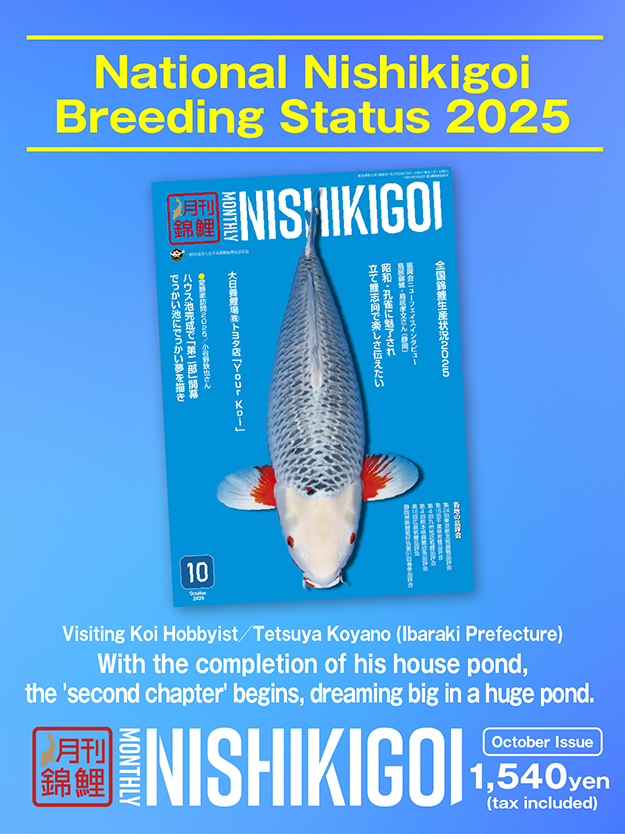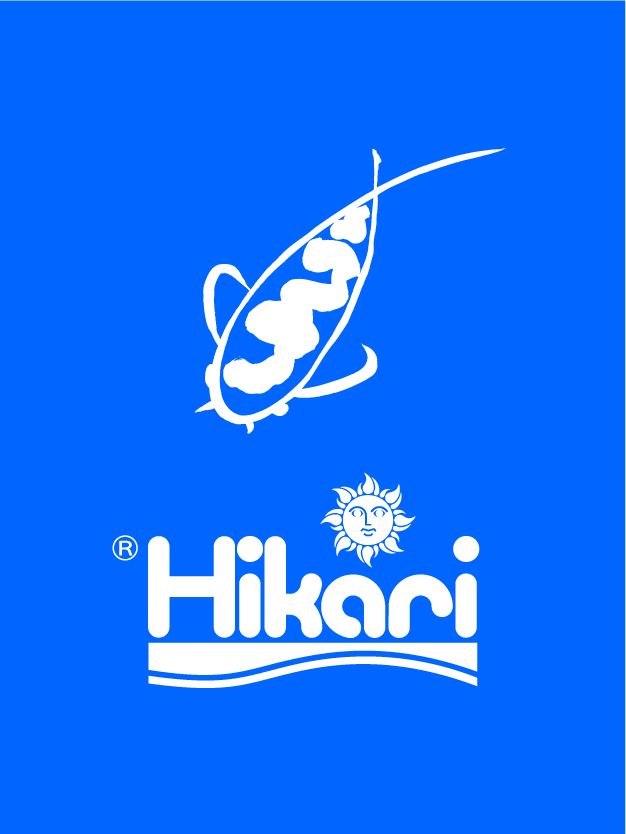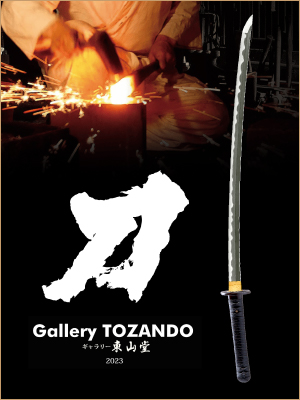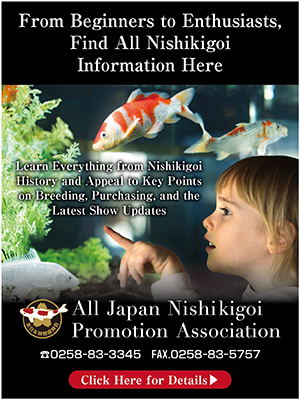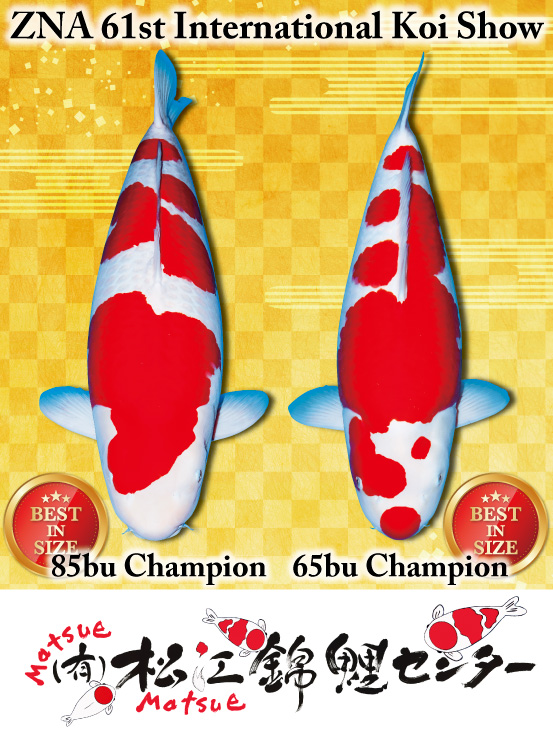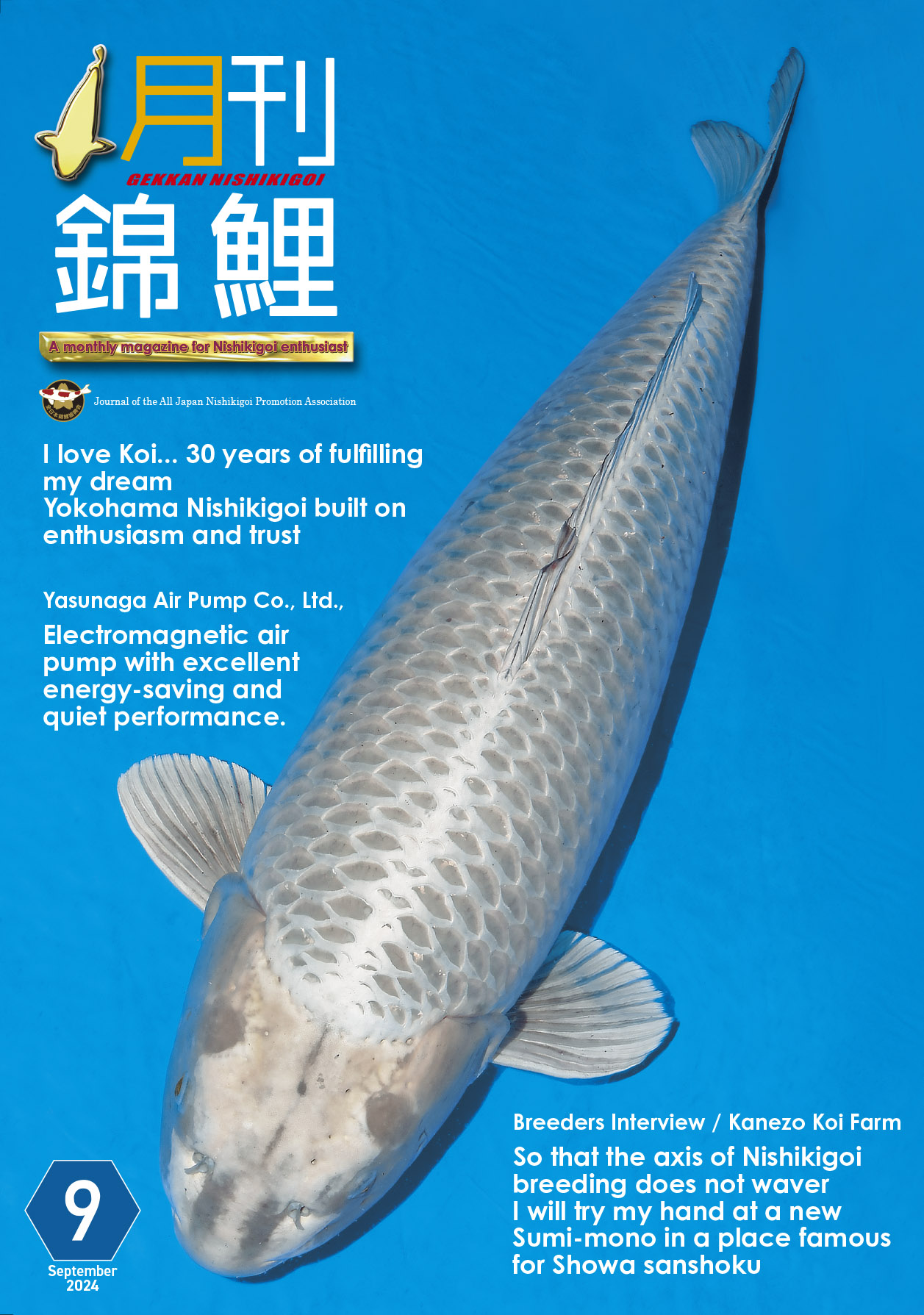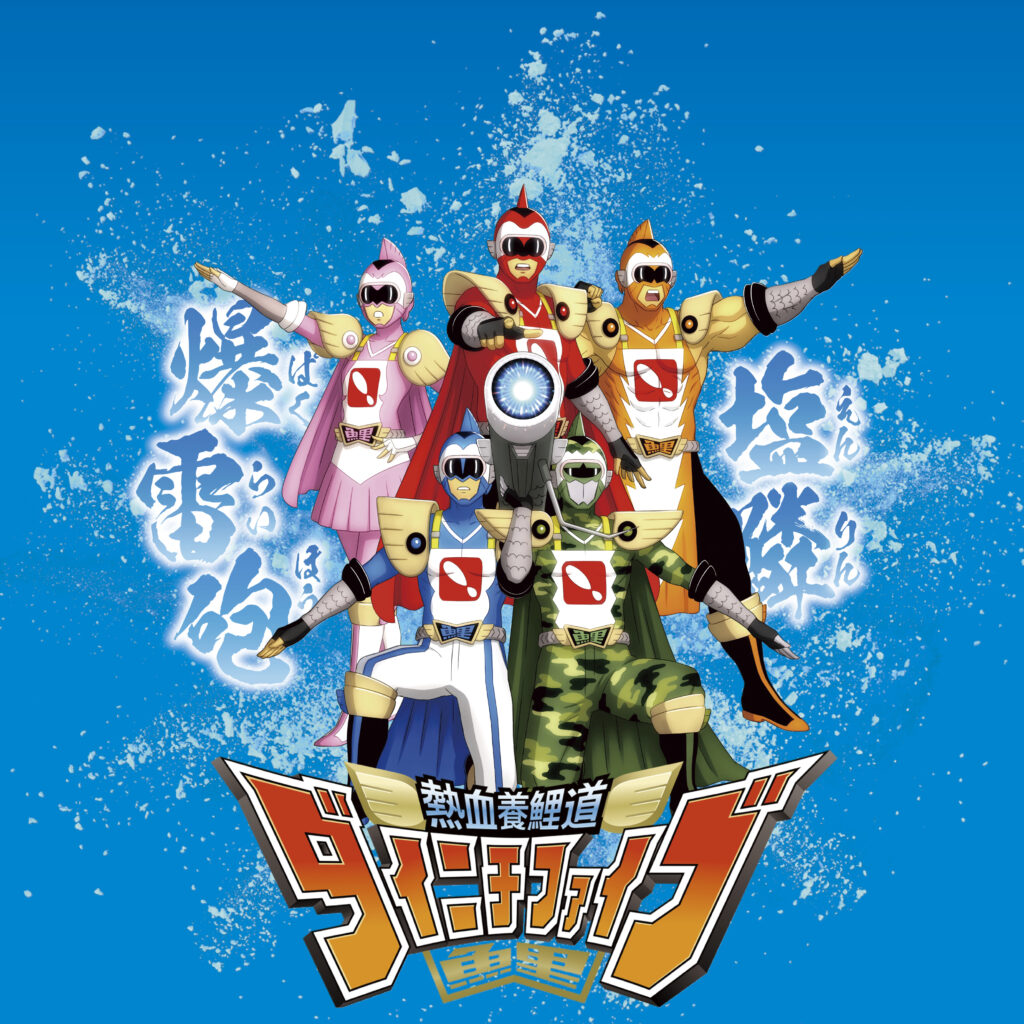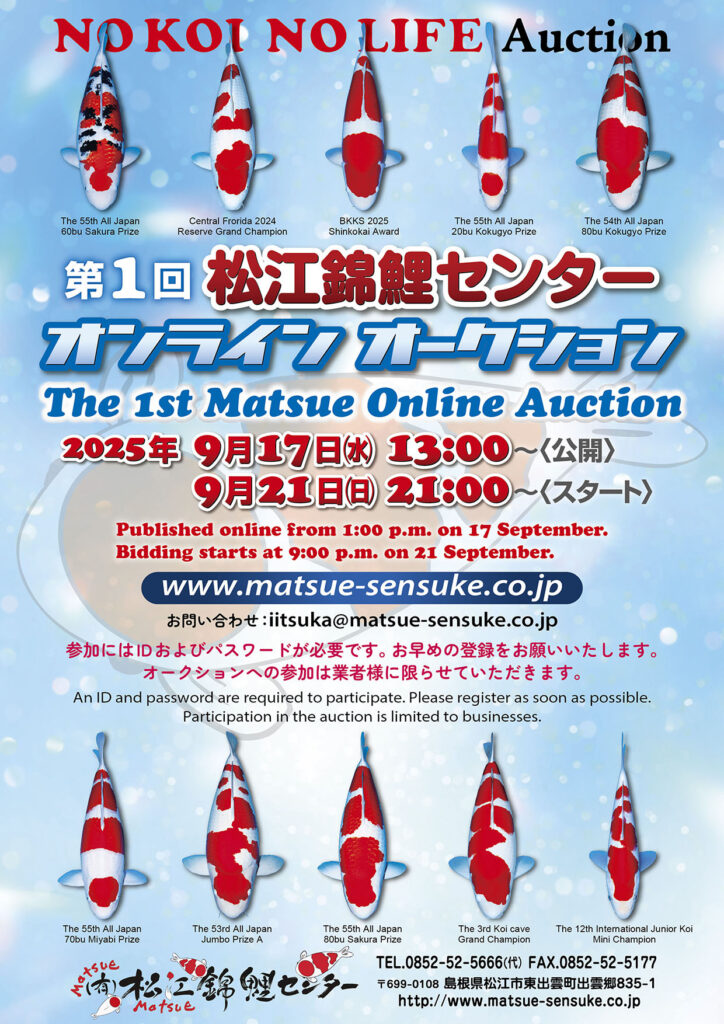Readers Q&A 5
Q : My koi are infested with parasites Argulus japonicus. What is the best way to treat them?
A:Argulus japonicus, commonly known as a fish louse, is a parasitic crustacean. The newly hatched larvae swim freely in the water and attach themselves to the surface of a fish using two suction cups and hooks located on their underside (see photo). In the early stages of infestation, they are tiny and difficult to notice, but as they grow through repeated moulting, they become more visible.
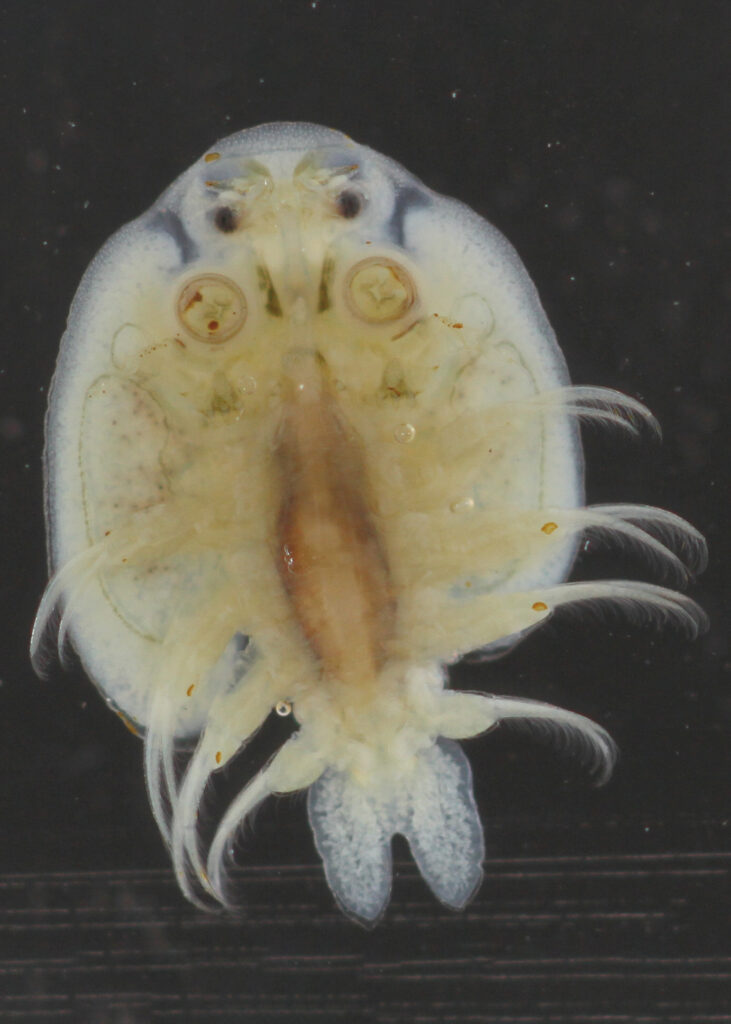
Therefore, by the time you notice them, many Argulus japonicus may have already infested the koi, and countless larvae may be swimming freely in the water. It’s likely that in your case as well, a large number of parasites had already appeared by the time they were discovered. It possesses poisonous spines, and when a large number of them attach to the koi, the toxins can be fatal. If left untreated, the infestation can spread explosively and result in mass mortality.
Trichlorfon-based treatments are commercially available for Argulus japonicus. When administered according to the instructions, the parasites attached to the koi will fall off and die within a few hours, and the free-swimming larvae in the water will also be eliminated. However, trichlorfon is only effective against the free-swimming larvae and the attached parasites—it does not affect the eggs. As a result, once the eggs hatch, reinfestation may occur, and repeated outbreaks are not uncommon.
The time for eggs to hatch is approximately 24, 15, and 10 days at water temperatures of 20°C, 25°C, and 30°C, respectively, with the hatching period shortening as the water temperature increases. Additionally, the period from infestation to the start of egg-laying is approximately 40, 25, and 20 days at 20°C, 25°C, and 30°C, respectively, which also shortens with higher water temperatures. Therefore, it is essential to administer multiple treatments every few weeks.
Q:When keeping small koi, some have the corners of their mouths folded inward, while others have them folded outward. Will this condition improve?
A:Koi can exhibit deformities not only in the mouth but also in various parts, such as the gill covers and fins. These deformities are observed not only in koi but also in many other fish species. In general, these deformities rarely resolve on their own and often persist or worsen as the fish mature. Consequently, natural recovery is unlikely, and effective treatments are usually not available.
However, if the deformity is detected at a very early stage, it may sometimes regenerate normally after the affected area is surgically removed. While this is not specific to koi, in arowana, the gill covers often curl outward, and in some cases, normal regeneration can occur if the curled portion is removed. However, this is not always the case.
Q:The koi I just bought doesn’t seem very active after putting it in my pond. Maybe it’s the water. How can I help it settle in?
A:The basic principle is to take your time and properly acclimate the koi to the new water before introducing them. Since koi are cold-blooded animals and sensitive to changes in water temperature, it’s crucial to match the water temperature carefully.
From a biosecurity standpoint, it is recommended to carry out quarantine if possible. Quarantine involves keeping newly purchased koi in a separate pond or tank for about two weeks to monitor for any signs of disease or other issues before introducing them to the main pond.
In your question, the issue was that the newly introduced koi did not seem to be doing well. However, in some cases, it’s the original koi whose condition worsens, often because the new koi brought in pathogens. For this reason, it’s safer to confirm that the new koi show no signs of illness during the quarantine period before introducing them to the existing koi.


